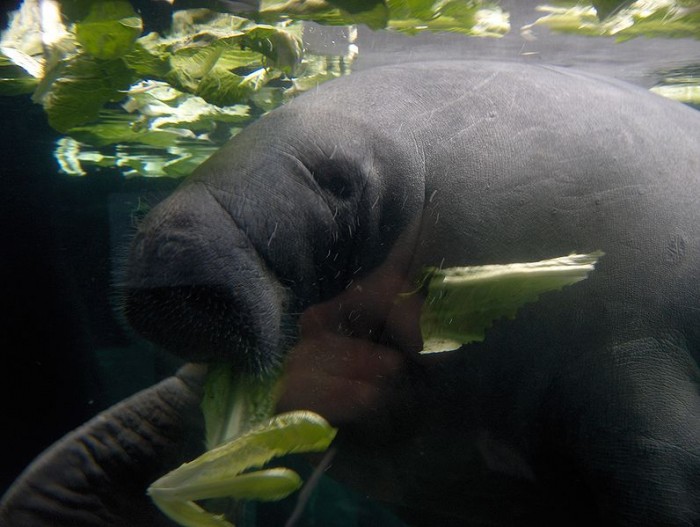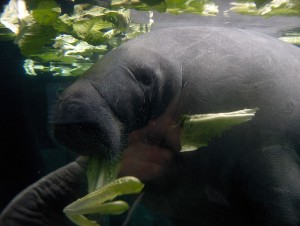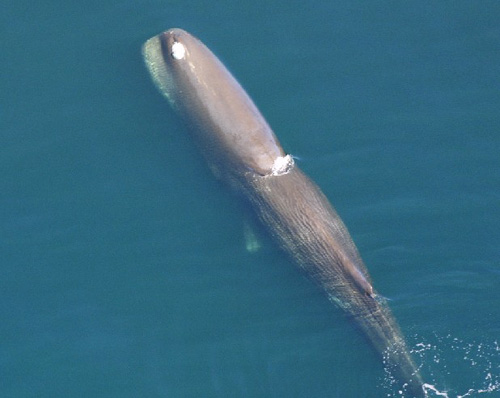Manatees Succumb to Red Tide Mystery
The appearance of red tides is a natural occurrence in south-west Florida, but sometimes last for just a few weeks. This year, the red tide has lingered for longer than usual and has settled in an area frequented by the manatees, accounting for the high number of deaths.
 Image: By Chris Muenzer (Flickr) [CC-BY-2.0 (http://creativecommons.org/licenses/by/2.0)], via Wikimedia Commons
Image: By Chris Muenzer (Flickr) [CC-BY-2.0 (http://creativecommons.org/licenses/by/2.0)], via Wikimedia Commons Averaging 10 feet in length and weighing up to 1,000 pounds, the manatee is a gentle marine giant. A very slow moving animal, the manatee spends most of its day travelling, resting and eating. According to the Save the Manatee Club, they can consume 10-15% of their body weight in vegetation every day, but now it is feeding that is costing them their lives.
Each year, manatees migrate to Florida to spend the winter in the warm waters off the coast. It is here that a record number of manatees are dying – so far this year, the number of deaths has reached 207. The cause is red tide, an algal bloom. A higher than normal concentration of microscopic algae which turns the water red or brown, it has appeared in the Gulf of Mexico since as long ago as the 1500s. When the algae die, toxins are released which are absorbed by the sea grass the manatees feed on. The toxins affect the central nervous system of fish and other vertebrates, including manatees, which suffer from a lack of coordination and stability in the water, muscle twitches and seizures, and they have difficulty lifting their head to breathe. Wildlife officials have so far rescued 12 manatees suffering from red tide – if they are rescued in time they stand a good chance of recovery. But too many are being found when it is too late to help them.
The appearance of red tides is a natural occurrence in south-west Florida, but sometimes last for just a few weeks. This year, the red tide has lingered for longer than usual and has settled in an area frequented by the manatees, accounting for the high number of deaths. The previous record of deaths caused by red tide was in 1996 when more than 150 died, mostly in March and April.
No one knows why the red tide is so bad this year, and it is impossible to control or contain. It is argued by some that it is not caused by pollution as red tides usually develop 10-40 miles offshore, away from man-made nutrient sources, and have been observed long before the Florida coastline was so heavily developed. However, some scientists suspect that nutrients supplied by coastal pollution have promoted the formation of certain red tide blooms, possibly increasing their frequency and duration.
Sadly, this year’s death toll has been a real blow to their recovery. Manatees have no natural predators but are the victims of human activities, for example, they often die from collisions with water-craft or entanglement in fishing gear. Nevertheless, conservation efforts had led to an increase in the manatee population to around 5,000 individuals. This recovery had also led to a debate about whether the species, listed on the US Endangered Species Act, could be reclassified from ‘endangered’ to just ‘threatened’. Sadly, the US Fish and Wildlife Service have stated that the recent deaths may complicate that, as the overall population could fall to dangerous levels.





No comments yet.